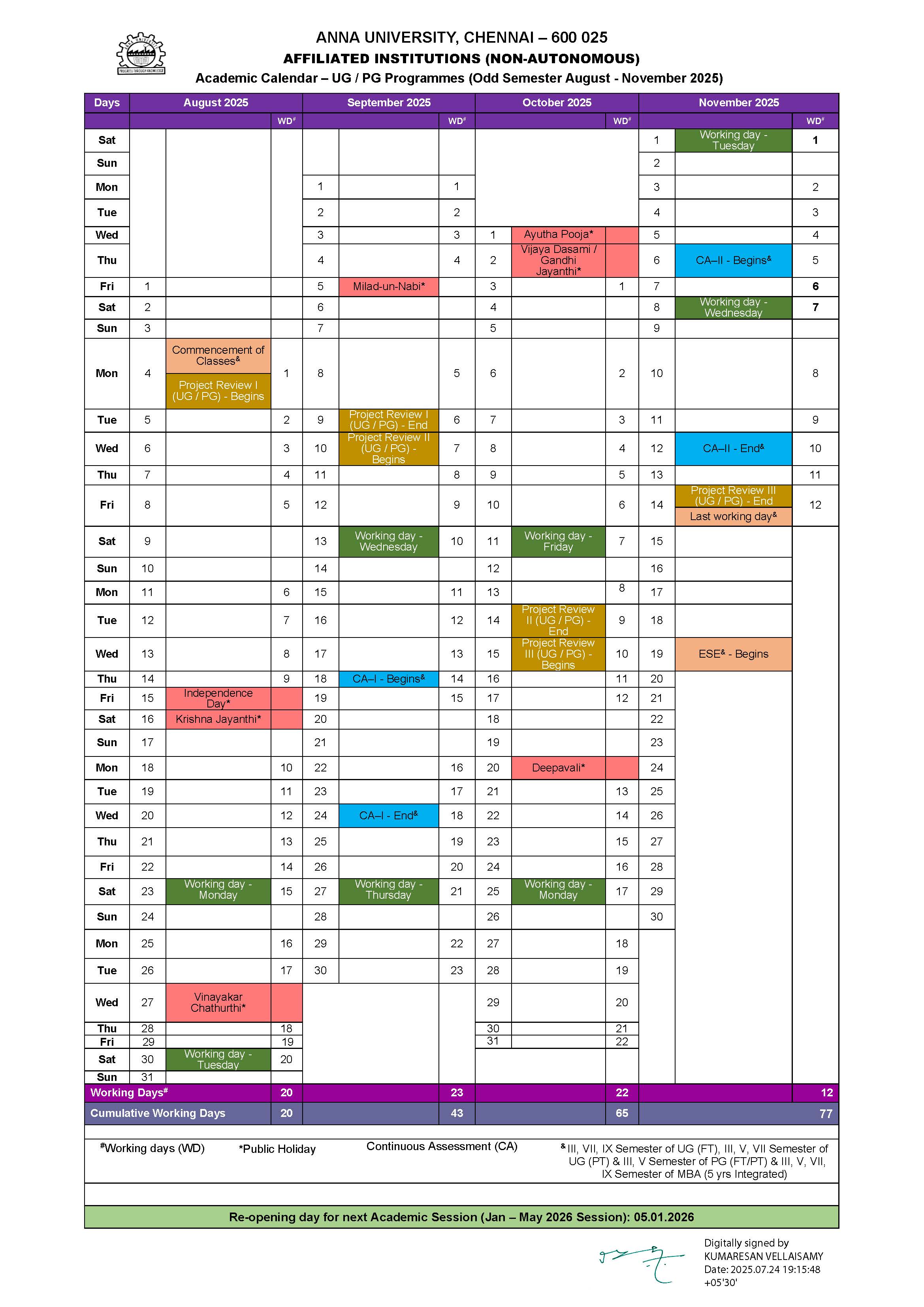MA25C01 Applied Calculus
Anna University Syllabus, Notes, Important Questions, Question Bank, Question Paper are available in Padeepz App
Differential Calculus: Notes MA25C01 Applied Calculus
Functions, graph of functions, Limit of a function, Continuity, Limits at infinity, Derivative as a function, Maxima and Minima of functions of single variable, Mean value theorem, Effect of derivatives on the shape of a graph.
Activities: Visualization of the functions, Maxima and Minima of a function using opensource software, Solving of Competitive Examination questions (Ex. GATE).
Functions of Several Variables: Important Questions MA25C01 Applied Calculus
Partial derivatives, Chain rule, Total derivative,
Maxima and minima of functions of two variables, Method of Lagrange’s Multipliers, Application problems in engineering.
Activities: Partial Derivatives with two or three variables, Maxima and Minima of a function using open-source software, Solving of Competitive Examination questions (Ex. GATE).
Integral Calculus: Previous Year Question Paper MA25C01 Applied Calculus
Fundamental theorem of Calculus, Indefinite integrals and the Net
Change Theorem, Improper integrals, Arc Length, Area of Region, Area of surface of revolution.
Activities: Definite and Indefinite Integrals, Determination of Area, Solving of Competitive Examination questions (Ex. GATE).
Multiple Integrals: Syllabus MA25C01 Applied Calculus
Iterated integrals and Fubini’s theorem, Evaluation of double
integrals, change of order of integration, change of variables between Cartesian and polar co-ordinates, evaluation of triple integrals-change of variables between Cartesian
and cylindrical and spherical co-ordinates.
Activities: Double integrals and triple integrals using open-source software, Solving of Competitive Examination questions (Ex. GATE).
References:
1. Anton, H., Bivens, I. C., & Davis, S. (2021). Calculus: Early transcendentals. John Wiley & Sons.
2. Ron Larson and David C. Falvo,(2013), Calculus: an Applied Approach. Cengage Learning.
3. Stewart, J., Clegg, D., & Watson, S. (2019). Calculus: Early transcendentals.
4. Thomas, G. B., Jr., Weir, M. D., Hass, J., & Heil, C. (2018). Thomas’ calculus: Early transcendentals. Pearson.
5. Singh, K. (2019). Engineering mathematics through applications. Bloomsbury Publishing.
6. Grewal, B. S. (2012). Higher engineering mathematics. Khanna Publishers.
| Syllabus | Click Here |
| Notes | Click Here |
| Important Questions | Click Here |
| Previous Year Question Paper | Click Here |
| Question Bank | Click Here |
Related Links

